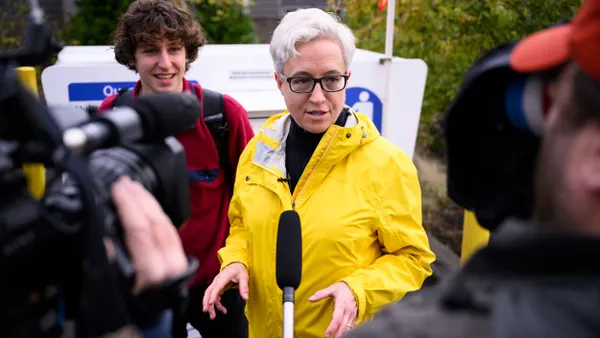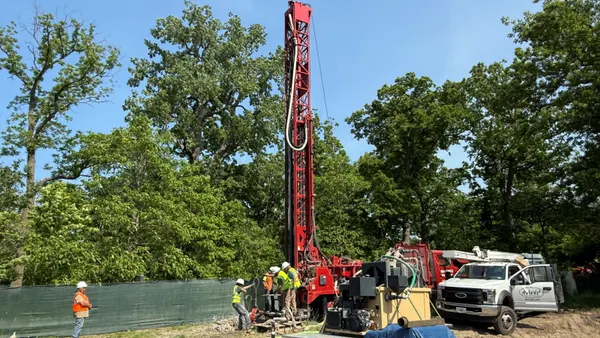Facilities managers with capital set aside for a new HVAC system or other energy upgrade can get more bang for their buck if they work with an energy service company because it will offset any costs that the project doesn’t recoup in energy savings, a champion of these companies says.
“The energy service companies guarantee the amount of savings,” Timothy Unruh, executive director of the National Association of Energy Service Companies, said earlier this month on the Modern Facilities Management podcast.
To get the benefit, facilities managers must work with these ESCOs to get an investment rate audit before they start the work. That’s an assessment of all the system and operational changes needed to make the building as efficient as possible. The scope of work could include relatively easy upgrades, like adding window film to control the amount of sun coming in or upgrading to second-generation LED lights, or big-ticket items like replacing the HVAC system, adding building controls or making upgrades to the building envelope.
Facilities managers might be tempted to use their limited capital to fund a single project, like HVAC replacement, but they’re more likely to generate enough energy savings to pay for the retrofit if they take the comprehensive approach identified in the audit, Unruh told podcast host Griffin Hamilton.
Big-ticket items “often cost more than the energy savings they produce,” Unruh said.
But by taking a comprehensive approach, changes that have a high return on investment, like upgrading to LED lights and adding window film, tend to generate enough savings to help offset the costs of the more expensive work. “These other [upgrades] can produce extra savings that can help cover the other projects,” he said.
Just as important, the comprehensive approach enables facilities managers to get necessary capital projects done that the building needs, regardless of the energy improvements, he said.
“They get a building that’s been renovated and no longer has a capital requirement hanging out there or some deferred maintenance thing they haven’t had time or money to do,” he said. “So, the money is effectively being covered to do a building renovation, improvements in lighting, indoor air quality, better temperature control – a whole building that is now much better.”
ESCOs have been around for almost 50 years, so they have a track record that facilities managers can review to see how these projects have performed over time, Unruh said. The typical project has a lifespan of between 15 and 20 years, he said, so in calculating whether a project has generated enough savings to offset its costs, the calculation has to be over that period.
“You’re living with the project for 15-20 years,” he said.
ESCOs generally work with public facilities, like schools and municipal buildings, which tend to be resource constrained and in many cases don’t have capital to do any type of major project. In these cases, the ESCO can provide financing to get the work done with the understanding that ultimately the payback is going to come from the project itself through the energy savings that are generated.
“It’s not rocket science. It’s not something new and fabulous that just came up last week. This is very much a clear science that’s been around a long time,” he said. “Engineers know how this works, and the savings can be counted on.”












